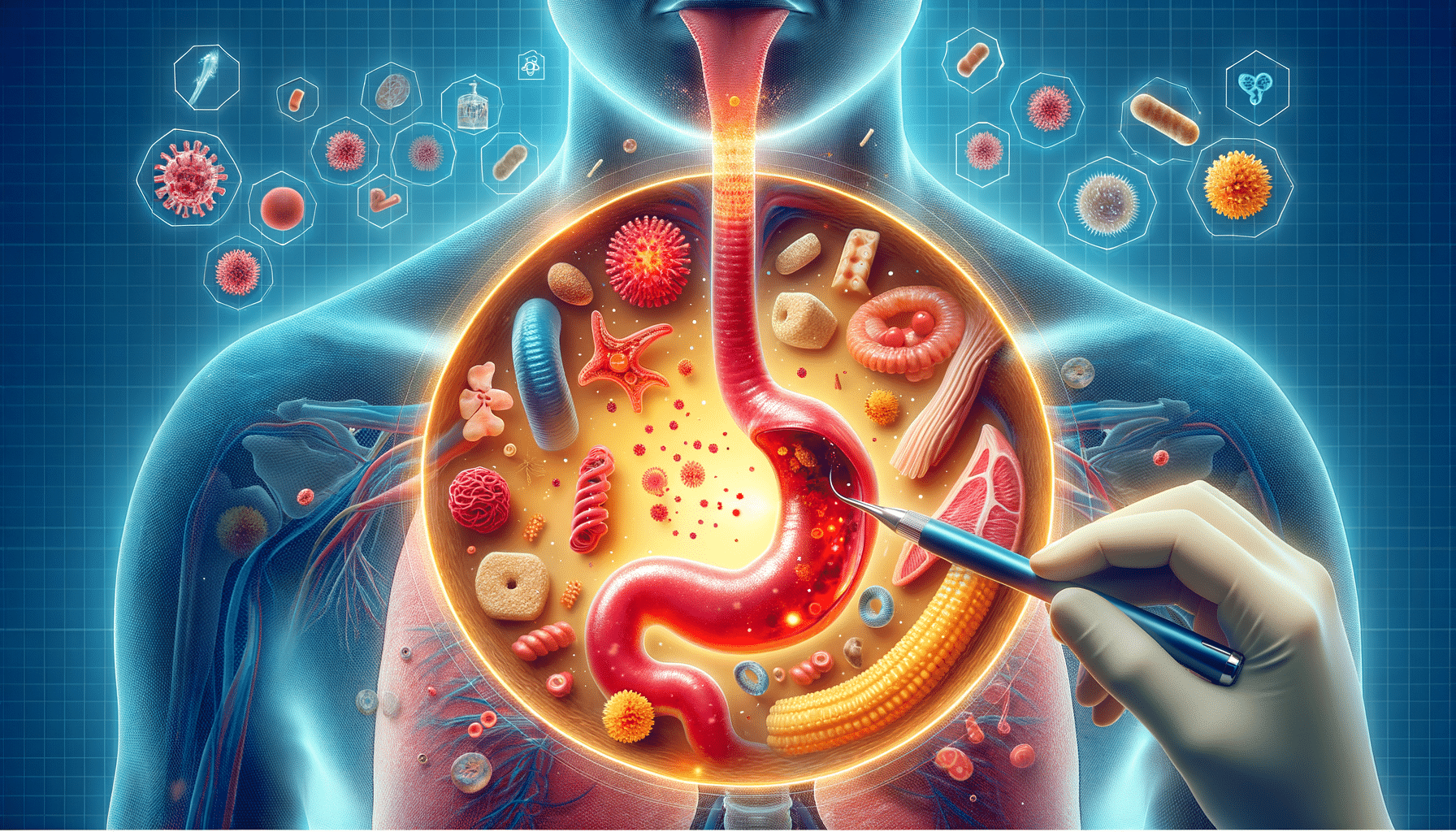
Overview of eosinophilic esophagitis symptoms and their impact
Introduction to Eosinophilic Esophagitis
Eosinophilic esophagitis (EoE) is a chronic immune system disease that affects the esophagus, the tube that connects the mouth to the stomach. It is characterized by the presence of a high number of eosinophils, a type of white blood cell, in the esophagus. This buildup leads to inflammation and can cause a variety of symptoms that significantly impact a person’s quality of life. Understanding these symptoms is crucial for managing the condition effectively and improving patient outcomes.
Common Symptoms of Eosinophilic Esophagitis
The symptoms of eosinophilic esophagitis can vary widely among individuals, but they often include difficulty swallowing, food impaction, and chest pain that is not related to heartburn. Difficulty swallowing, known as dysphagia, is one of the most prevalent symptoms and can range from mild discomfort to severe pain. Food impaction occurs when food becomes lodged in the esophagus, requiring medical intervention to remove it. These symptoms can lead to a fear of eating and subsequent weight loss or nutritional deficiencies.
Other common symptoms include:
- Persistent heartburn or acid reflux that does not respond to typical treatments
- Upper abdominal pain
- Persistent cough
- Decreased appetite and early satiety
It is important to note that symptoms can differ between children and adults. In children, EoE may present as feeding difficulties, vomiting, or failure to thrive.
Impact of Eosinophilic Esophagitis on Daily Life
The symptoms of eosinophilic esophagitis can have a profound impact on daily life. For individuals with EoE, eating can become a stressful experience due to the fear of choking or experiencing pain. This can lead to social isolation as individuals may avoid eating in public or attending social gatherings where food is involved. Additionally, the chronic nature of the condition can lead to anxiety and depression, further affecting quality of life.
Managing EoE often requires dietary modifications, which can be challenging and time-consuming. Patients may need to eliminate certain foods or follow an elemental diet, which can be restrictive and difficult to maintain.
Diagnostic Process for Eosinophilic Esophagitis
Diagnosing eosinophilic esophagitis involves a combination of clinical evaluation, endoscopy, and biopsy. An endoscopy allows doctors to visually inspect the esophagus and identify any signs of inflammation or narrowing. During the procedure, a biopsy is taken to examine the number of eosinophils present in the esophageal tissue. A high eosinophil count is indicative of EoE.
Other diagnostic tests may include:
- Allergy testing to identify potential food triggers
- Esophageal motility studies to assess swallowing function
- pH monitoring to rule out acid reflux disease
Accurate diagnosis is essential for developing an effective treatment plan and improving patient outcomes.
Conclusion: Managing Eosinophilic Esophagitis
Understanding the symptoms and impact of eosinophilic esophagitis is crucial for effective management of the condition. While there is no cure for EoE, symptoms can be managed through a combination of dietary changes, medications, and regular monitoring by healthcare professionals. Early diagnosis and intervention are key to preventing complications and improving quality of life for those affected by this chronic condition.
For individuals experiencing symptoms consistent with EoE, seeking medical advice is important to receive a proper diagnosis and begin a tailored treatment plan.


